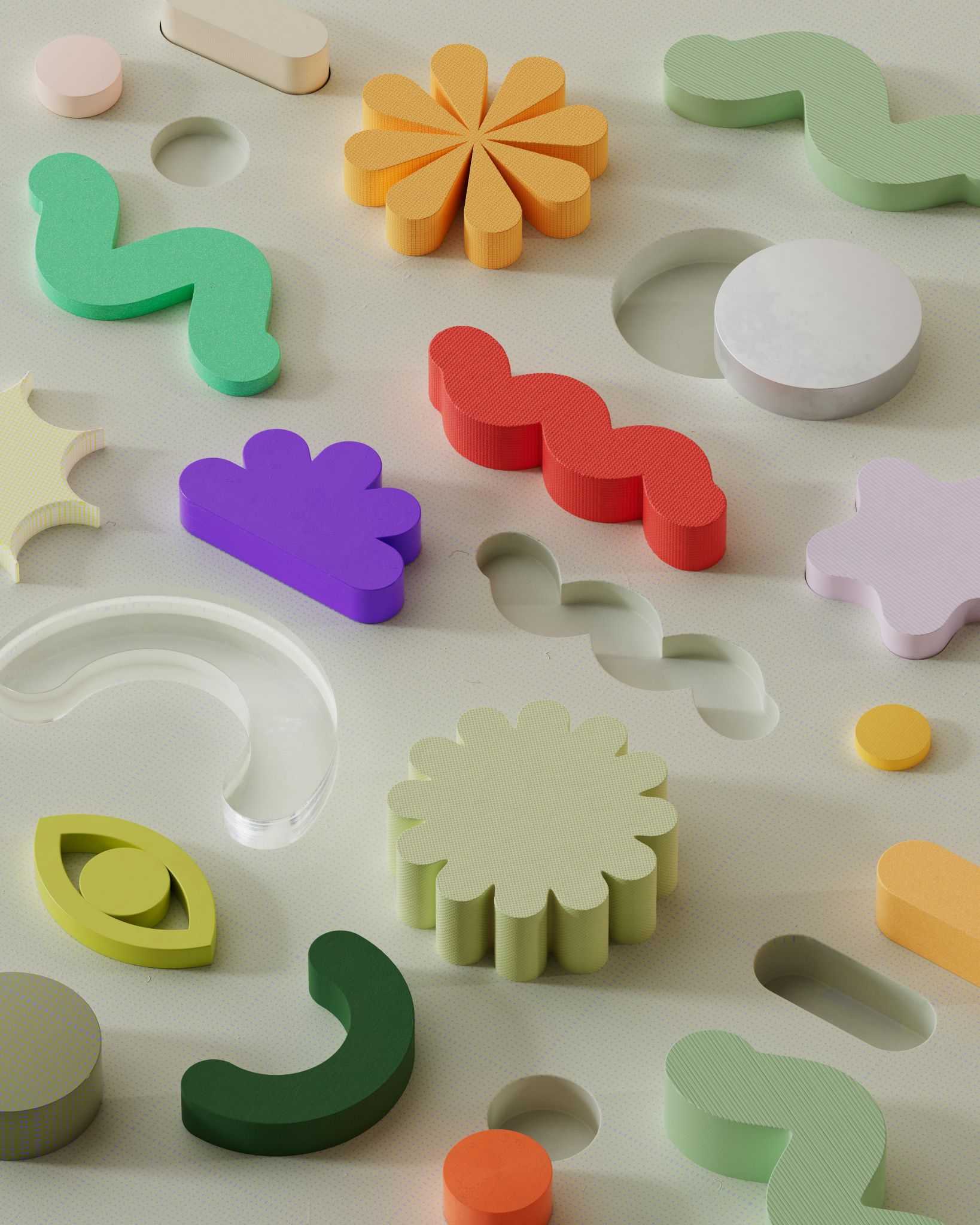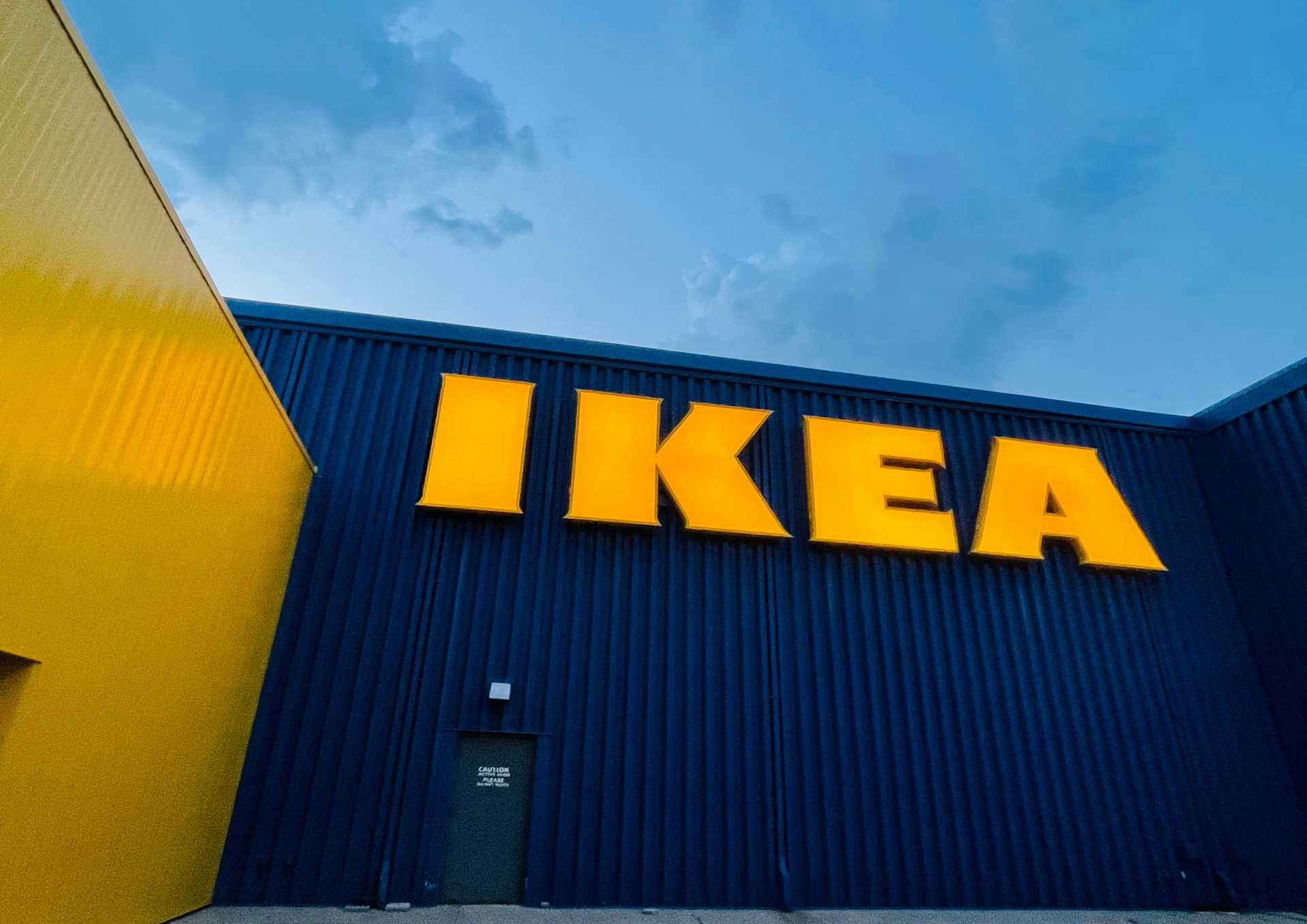PPC remains to be one of the best ways to grow your online presence and drive sales online, however what worked for your online marketing throughout 2020 and 2021 will most likely not yield the same results in 2022. As marketers, this is something we’re accustomed to – constant updates and changes throughout platforms mean we’re always looking to test new ideas, new strategies and think outside the box. Of course, not only does the way that consumers behave change (this is extremely apparent over the course of the last couple of years mid-pandemic), but the tech that is available to us as marketers changes, sometimes for the better and arguably sometimes not so much. So, where do we start?
TikTok
It wouldn’t be a ‘what’s going to be big in 2022’ blog without mentioning the colossus that is TikTok. As of the beginning of the year, TikTok was boasting over 1 billion active users across the world, who together watch a combined 167 million hours of video in the app per minute. When you look at both Apple & Android together, the TikTok app was the single most downloaded app throughout 2020 with 850 million global downloads, with WhatsApp in second place with 600 million.
With figures like that, it’s no surprise that marketers and business owners alike are licking their lips at the thought of being in front of people across the platform.
With this in mind, is TikTok something we should now be implementing into all of our strategies going forwards?
Early signs suggest yes and no. The overall performance we’ve seen throughout TikTok has been great. Reach and brand awareness figures in particular are incredibly high and the cost per thousand impressions has been cheaper than any other channel. The Ads platform itself however, is complicated to say the least and is not as user friendly as the likes of Google and Meta’s Business Manager. These early teething problems though, are expected. Should you be using TikTok for your business? Well, it entirely depends on your business and the goals you have. 66% of all TikTok users are under the age of 30 and 41% of those are between the ages of 16 & 24. If you are looking at a younger audience, then you absolutely should be using TikTok to amplify your brand reach.
TikTok advertising does however rely on very high quality content – you’ve got split seconds to grab the attention of a user and if your content isn’t up to scratch it’s not going to yield the returns you would expect. Perhaps the biggest barrier to entry is the minimum spend of $500 per campaign, something to bear in mind if your marketing budget is a little lower. We could talk about TikTok all day, but the platform is here now and it’s here to stay, definitely an area that will be growing exponentially throughout 2022. (source)
Performance Max Replaces Smart Shopping
By the end of Quarter 3 in 2022, Smart Shopping and local campaigns will be completely replaced by Performance Max. Introduced towards the back end of 2021, Google’s new Performance Max campaign type received such a positive response from launch that from midway through 2022, they will now be the only campaign type for businesses running smart or local shopping campaigns. If you currently have Smart campaigns running, and do not make the switch over to Pmax by July 2022, those campaigns will be automatically migrated by Google, an automation that should be completed by the end of September 2022.
So, what are Performance Max Campaigns? “Performance Max is a new goal-based campaign type that allows performance advertisers to access all of their Google Ads inventory from a single campaign. It’s designed to complement your keyword-based Search campaigns to help you find more converting customers across all of Google’s channels like YouTube, Display, Search, Discover, Gmail, and Maps.” (source)
The idea behind Performance Max is to find more converting customers, drive more value and acquire a higher level of insight about customers or potential customers. Whilst the sceptic in us doesn’t like the thought of handing over even more control to Google, with less control staying in the hands of the marketer, there isn’t much time before the mandatory change-over. There are, however, multiple things you can do with Performance Max campaigns to ensure it’s performing as well as possible (some of which have helped us to see very positive early performance signals from our tests):
- Ensure you have strong creative assets. As Display is incorporated into Performance max, having strong creatives will definitely help you stand out from the crowd.
- Include audience signals. These help the algorithms work towards targeting people who are more likely to convert.
- Run campaigns for at least 6 weeks. This is Google’s suggested time period to allow the algorithms to ramp up and have sufficient data for good levels of performance.
- Do not cannibalise existing shopping campaigns. Performance max will be prioritised over existing shopping campaigns regardless of budget.
Finally, be prepared for some slightly sporadic results across the first few weeks of performance. The campaign works using machine learning and until that algorithm has enough data you may see fluctuations in performance – stick with it and allow those campaigns room to learn.
The End of Expanded Text Ads
Throughout 2022 it’s fair to say that automation is being pushed heavily into the forefront of advertisers’ minds. From the end of Expanded Text Ads to the switch from Smart Shopping to Performance Max, the overarching theme here is less control and more faith in Google to deliver results.
In June 2022 across search we will see the end of Expanded Text Ads (ETAs). These required individual ad copy and description combinations based on what you wanted to shout about. Instead, these are being replaced by Responsive Search Ads (RSAs). However, they’re not exactly ‘replacing’ them as RSAs have been around for a long time, but you will no longer be able to create ETAs and instead anything new will be responsive. RSAs require a total of 15 headlines and 4 descriptions all of which are different and will be dynamically pushed in front of users depending on their search intent. On the whole we’ve generally seen better performance levels from RSAs however the level of control is much lower, going back to the overarching point – Google’s big push towards automation.
The beginning of Virtual/Augmented Reality Ads
The world has changed a lot in the last few years, nothing more so than the hype around virtual reality, The Meta-verse and NFTs (if you haven’t heard of either of these, you must be living under a rock).
As more and more people delve into the world of virtual reality, it opens up multiple opportunities for us as marketers to push the boundaries of what we can achieve. The potential for this is staggering and ultimately the boundaries are limitless – could we eventually have ads platforms for virtual worlds? The possibilities are endless and it definitely would not surprise me.
Perhaps the closest we have to this now is the ability to look at virtual reality as a way to push products and creatives. M.A.C Cosmetics has been the first brand to partner directly with ‘FameBit’ to launch an AR Beauty Try On campaign, where users will be able to try on different shades of lipstick virtually through their phone cameras and then go through to the website and purchase that specific colour. We are already seeing elements of this across other brands. For example, Specsavers now provide the ability to virtually try on different types of glasses frames. Google is also now offering advertisers a new ‘Canvas for creativity’ through their Swirl platform, the first immersive display format. Swirl enables three-dimensional assets to display advertising on mobile devices exclusively through their Display and Video 360 platform. This example by New Balance enables users to have a look at the product and explore its features before making a purchase.
As technology advances, the tools we’re given to work with advance & that is a really exciting prospect to look forward to. The Flaunt Digital Paid team is here to help you stay one step ahead of the trends. Get in touch to find out how you can elevate your paid media strategy.
For digital marketing tips and more blogs on the future of marketing, follow Flaunt Digital on LinkedIn or Twitter.





